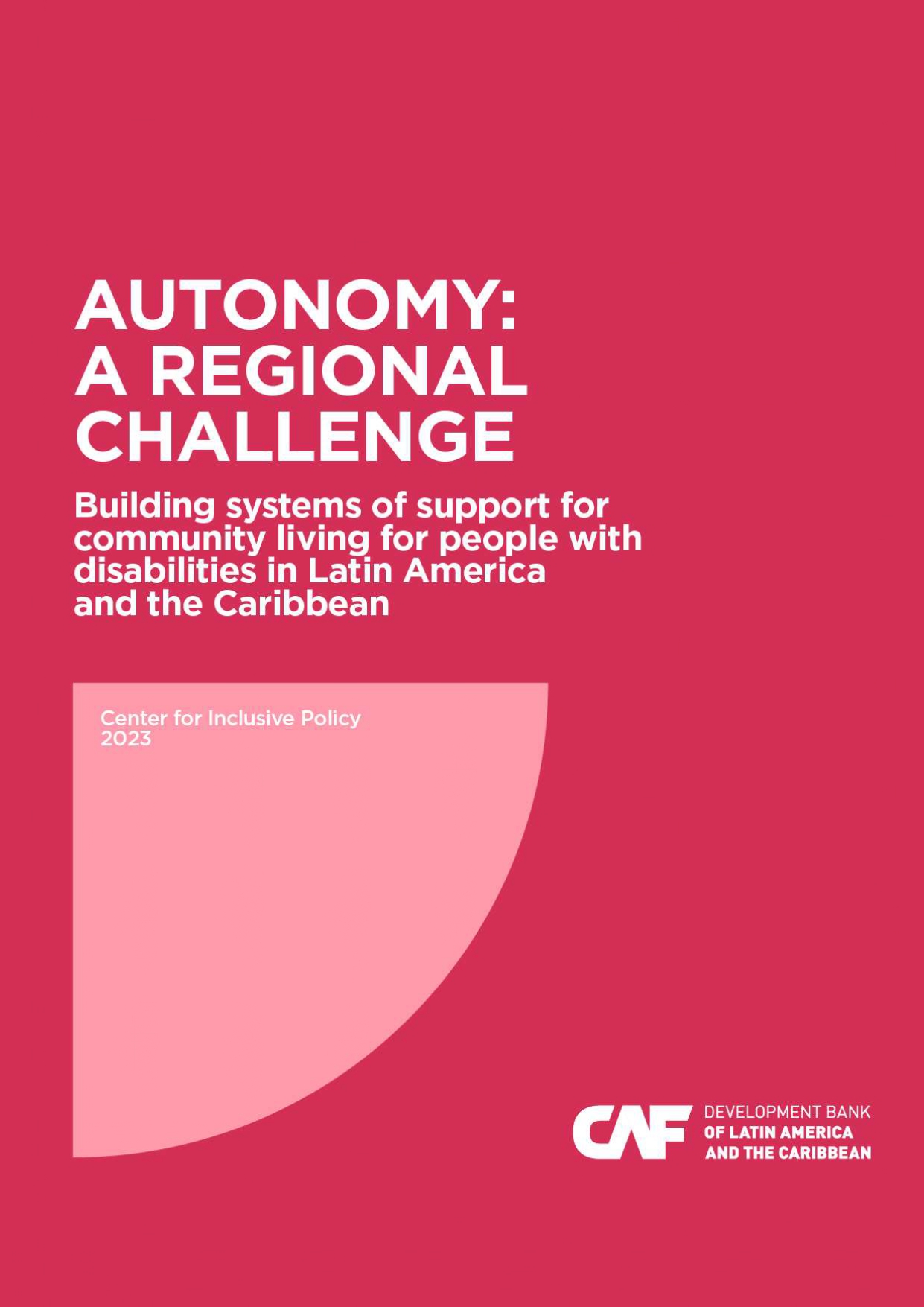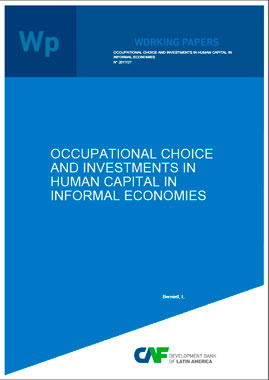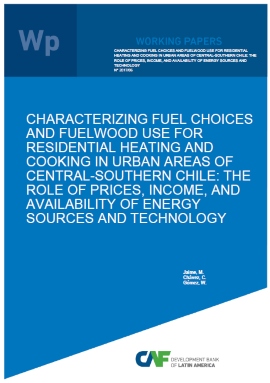Mostrar el registro sencillo del ítem
See it to believe it. Experimental evidence on status consumption among the youth.
| dc.contributor.author | Alves, Guillermo | |
| dc.contributor.author | Leites, Martín | |
| dc.contributor.author | Salas, Gonzalo | |
| dc.coverage.spatial | América Latina y el Caribe | es_ES |
| dc.date.accessioned | 2022-09-28T02:57:40Z | |
| dc.date.available | 2022-09-28T02:57:40Z | |
| dc.date.issued | 2022-09-27 | |
| dc.identifier.citation | Alves, G., Leites, M., & Salas, G. (2022, September 27). See it to believe it. Experimental evidence on status consumption among the youth. Caracas: CAF. Retrieved from https://scioteca.caf.com/handle/123456789/1952 | en_GB |
| dc.identifier.uri | https://scioteca.caf.com/handle/123456789/1952 | |
| dc.description.tableofcontents | We ran a field experiment in which a 20-year-old chooses be-tween a socially visible and a non-socially visible good after a friend randomly received one of these goods or an unknown good. We find no differences in choices when the friend received the nonvisible good instead of the unknown one. However, decision-makers significantly changed their choices when their friend received the visible good. Consistent with choices driven by status concerns, those in a disadvantaged position consumed more and those in an advantaged position consumed less of the visible good. These findings constitute the first experimental evidence of Dusenberry’s demonstration effects. | es_ES |
| dc.language.iso | en | es_ES |
| dc.publisher | CAF | es_ES |
| dc.rights | CC-BY-NC-ND | es_ES |
| dc.rights.uri | http://creativecommons.org/licenses/by-nc-nd/4.0/ | es_ES |
| dc.subject | Investigación socioeconómica | es_ES |
| dc.subject | Jóvenes | es_ES |
| dc.title | See it to believe it. Experimental evidence on status consumption among the youth. | es_ES |
| dc.type | workingPaper | es_ES |
| dc.publisher.city | Caracas | es_ES |
Ficheros en el ítem
Este ítem aparece en la(s) siguiente(s) colección(ones)
-
6.1 Documentos de trabajo en investigación socioeconómica
En esta colección se encuentran los documentos de trabajo sobre temas económicos y sociales prioritarios para la región.





